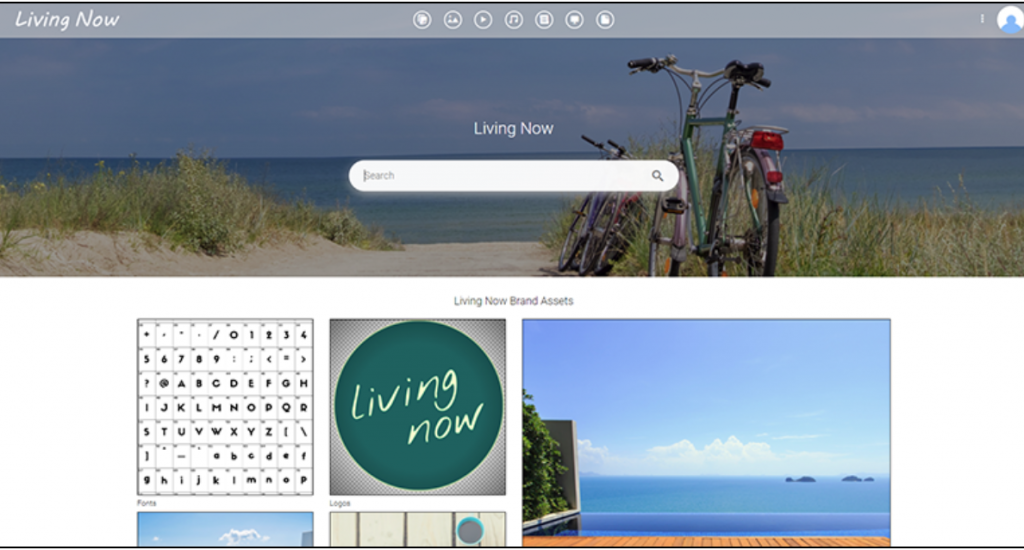Which is better: DAM or consumer file sharing solutions?
| November 30, 2017

There is a time and a place for everything, and it’s not always an easy feat to distinguish which is ‘better’ between two things. What constitutes ‘better’ anyway? Without context, it is often difficult to definitively state that one thing is better than another.
Which is the better travel destination: Hawaii or Paris? They both have their merits, but it really depends on the preference of the traveler. Are they looking for a sunny beach vacation or a big-city cultural experience?
Similarly, when one asks which is better: file storage solutions, which are often geared toward consumers, or digital asset management (DAM) solutions? In a vacuum, it can be difficult to conclusively make a determination. It really depends on the needs of the user and the problems that are being solved.
Weighing the two sides

On one hand, a consumer solution like Dropbox or Google Drive is ideal for collaborating on Office documents as well as basic file organization. The prevalence of these solutions is an indication that file hosting services can handle certain organizational needs of a business.
But is it the most optimized solution for your business requirements? On the other hand, a digital asset management system is highly focused on the managing and sharing of rich media assets.
The prevalence of Dropbox is an indication that its file hosting services are indeed one solution that can handle the organizational needs of a business. But is it the most optimized solution for your business? Check out these Dropbox alternatives to find one that fits your needs.
In making the evaluation between a basic file storage system and a DAM is not a simple one. But instead of counting the things that consumer solutions don’t have, let’s look at the things a DAM does have.
1. DAM allows you to add metadata

Applying metadata to your media assets is one of the functions that DAM has to expedite your workflow. Metadata is information, like file size, date, names, about a file recorded directly within the software. Migrating preexisting metadata with a DAM is painless – alongside the download of an asset, metadata that is already attached will stay attached.
If your files don’t have metadata yet, you’re going to want it. Suddenly, searching files precisely and quickly isn’t a problem anymore since you can organize your assets through a system of rich keywords and metatags.
Establishing a taxonomy for your assets, with high-level labeled keywords and low-level labeled tags will help govern your media library and put an end to all the time-wasting associated with finding your files.
For the folks over at DI Development Company, they replaced an on-premise software with the cloud-based digital asset management solution Flight. Using old migrated metadata, as well as adding new information, DI Development Company is now able to more intuitively organize their content and more effectively share their brand library.
2. DAM has increased functionality

More so than merely storing files like every consumer solution does, a DAM has increased functionality to iterate, interact, and integrate with your assets, all consolidated in one localized place.
Prior to downloading, you can change the original image by cropping or resizing it if you wish to do so. Iterations of the original image can be adjusted for file type, aspect ratio, and dots per inch. Videos too can be trimmed according to desired length time and downloaded as a low resolution MP4. You may perform all these actions in the DAM, whereby download is just a click away.
Furthermore, you’ll never interact or even encounter duplicate assets with a DAM. If users upload assets of identical iterations, DAM will catch and put a stop to it. And still, you stay inside the DAM in performing these functions.
File storage on its own is all well and good, but the multiplicity of DAM in integrating other enterprise software, like WordPress, Slack, or Adobe InDesign allow for versatility and accessibility in one seamless DAM design. Yes, you guessed it – you’ll never have to leave your DAM in shuffling through applications. We don’t know why you’d want to leave anyways.
3. Share easily with portals

While other consumer solutions certainly have some sharing capabilities, none boast the expansive collaboration that Canto’s Portals have. Portals are a reflection of your brand library, but in a separate DAM system that you may delegate to other users, as based on your defined permissions.
In the case of Canto, portals can be designated as public or private, with the access to the latter controlled by password. Other permissions can be set to limit who can view, edit, upload files, download files and a variety of other capabilities.
The personalization that Portals grant administrators with gives them full and complete jurisdiction over their brand library. Users too, have some autonomy over their assigned Portals. They can choose to customize their Portal to match the color and design of their respective brand, or they can make it pretty following their own preferences.
Portals – pretty, permissive, powerful.
4. Tighter security

Protecting your files, especially in today’s digital age, has emerged as a foremost priority. We at Canto care deeply about making sure that your files are not only properly housed and organized, but also that no sneaky business is around that can potentially endanger your media library. We also ensure that secure file transfer is simple and effective.
Digital rights can be put into action to make sure that you are in compliance with copyright information and licensing terms. You can also keep track of precisely who is accessing your digital files, images, and videos. Watermarking your images will also confirm where your image came from and deter the ineligible from using your images without your consent.
And the verdict is…
With all due respect, consumer file storage solutions like Dropbox and Google Drive are useful in their own right. The capacity at which they can fire at is certainly appropriate for smaller teams. For example, if you need only to make quick comments on documents to be shared among a team member, Dropbox is a worthy solution.
But it’s just not enough for businesses looking for more. More in the respect of optimizing its media library’s organization, streamlining its team’s workflow, and deep diving into its assets with handy functionalities – if that’s what your business is seeking, then I’m afraid a consumer solution just won’t cut it.
